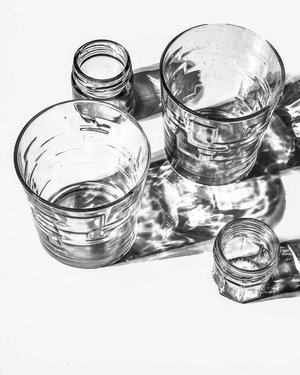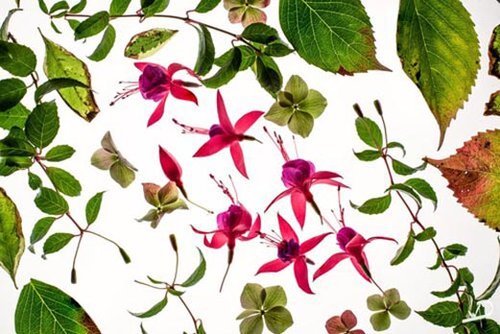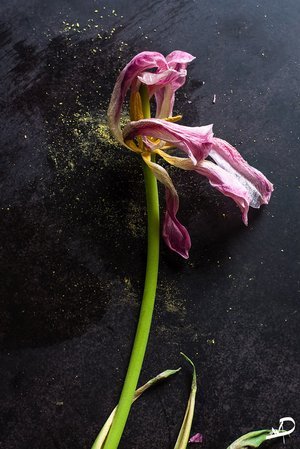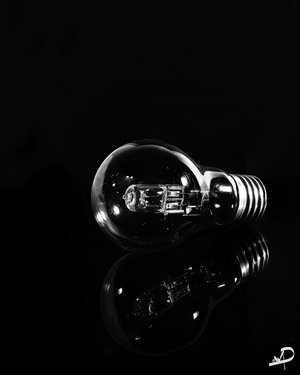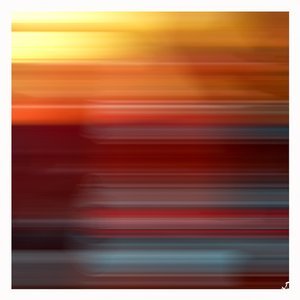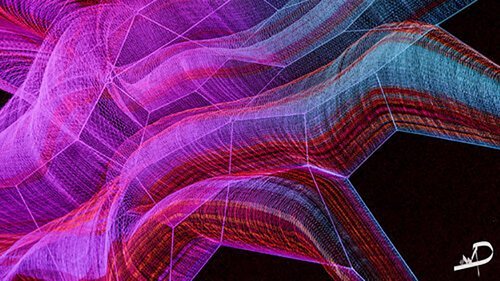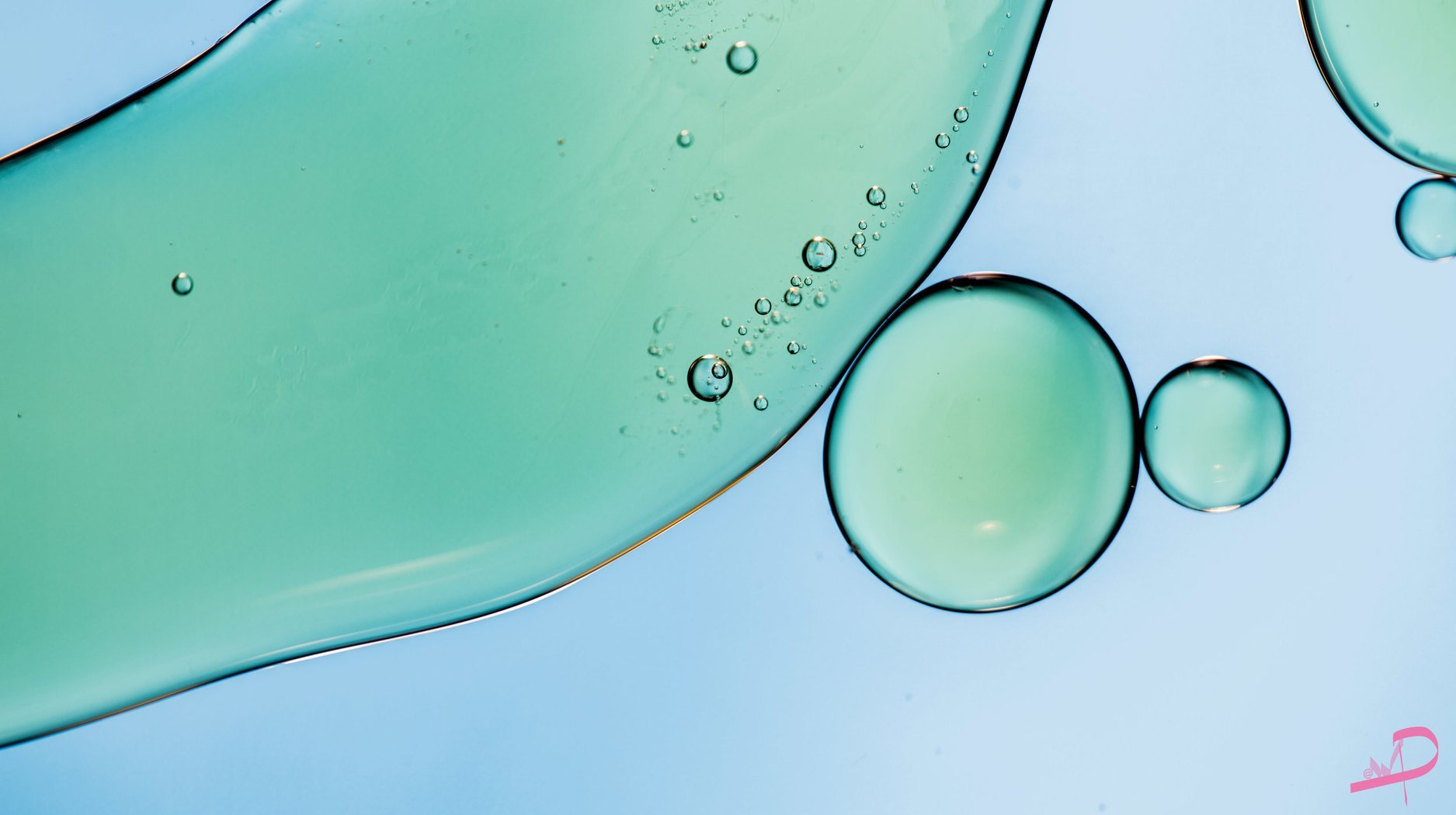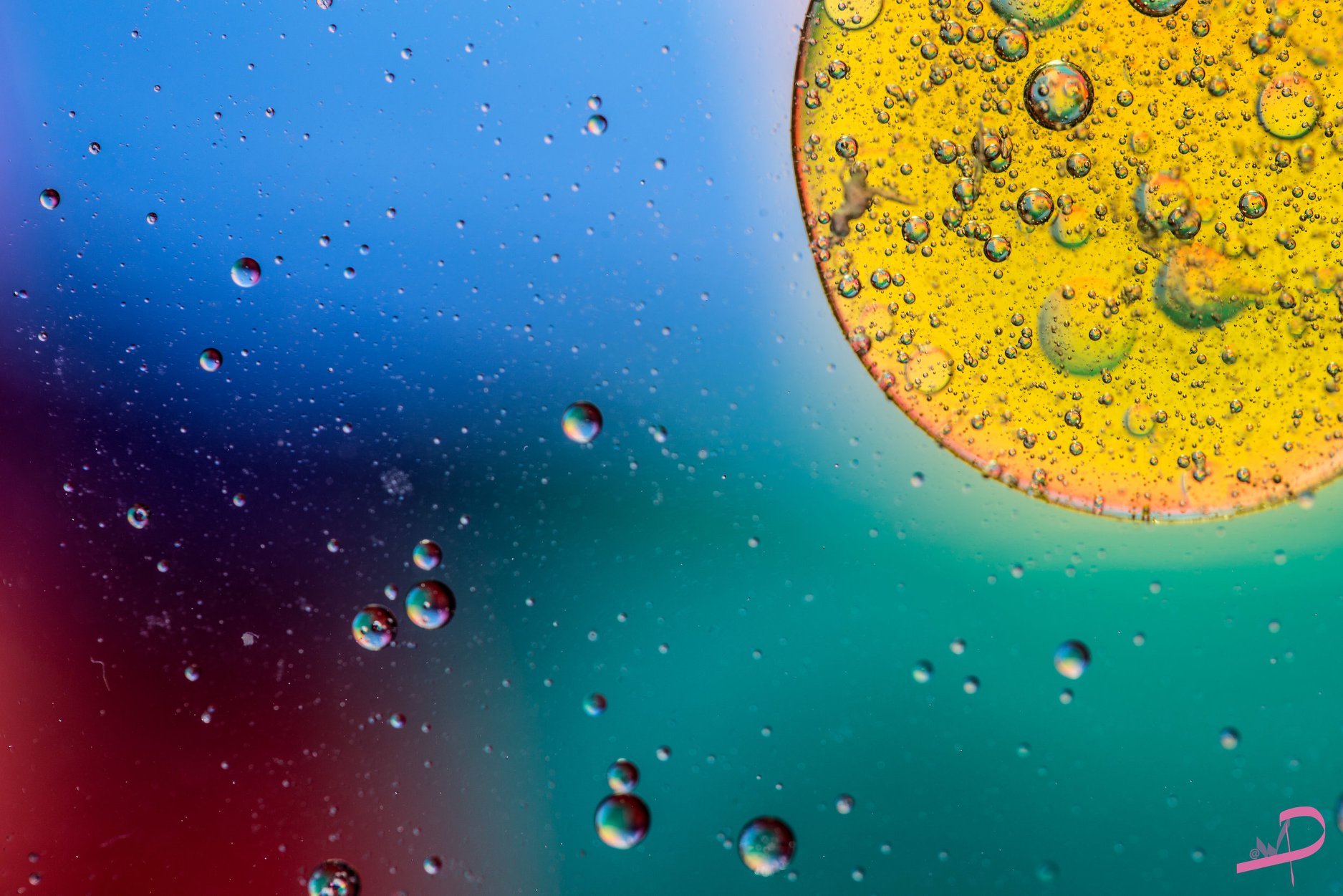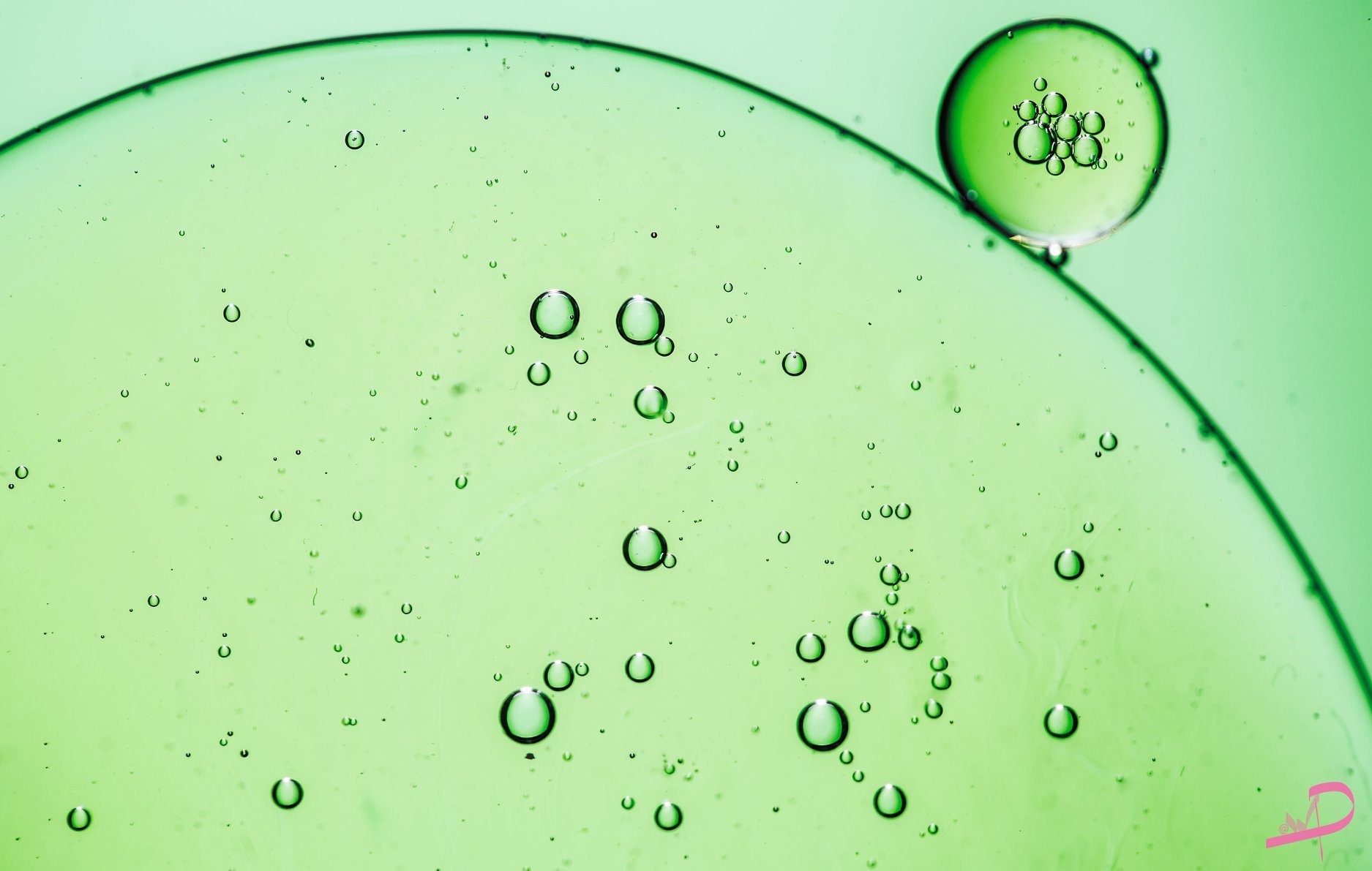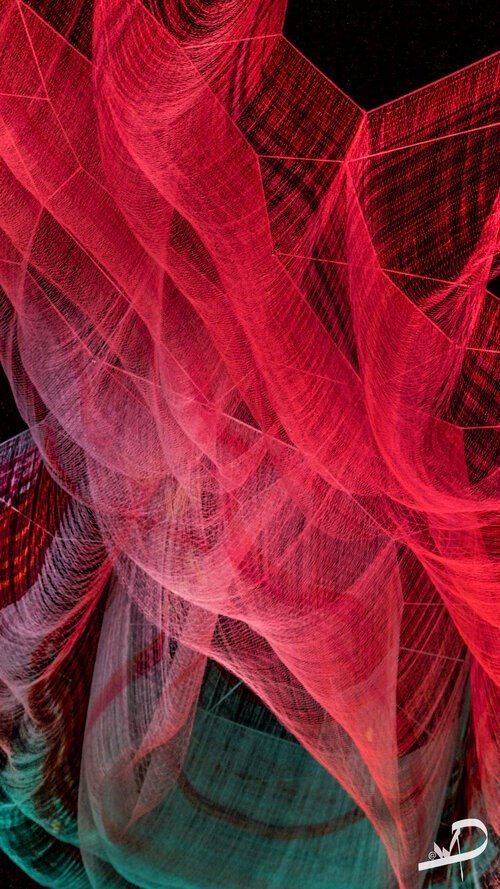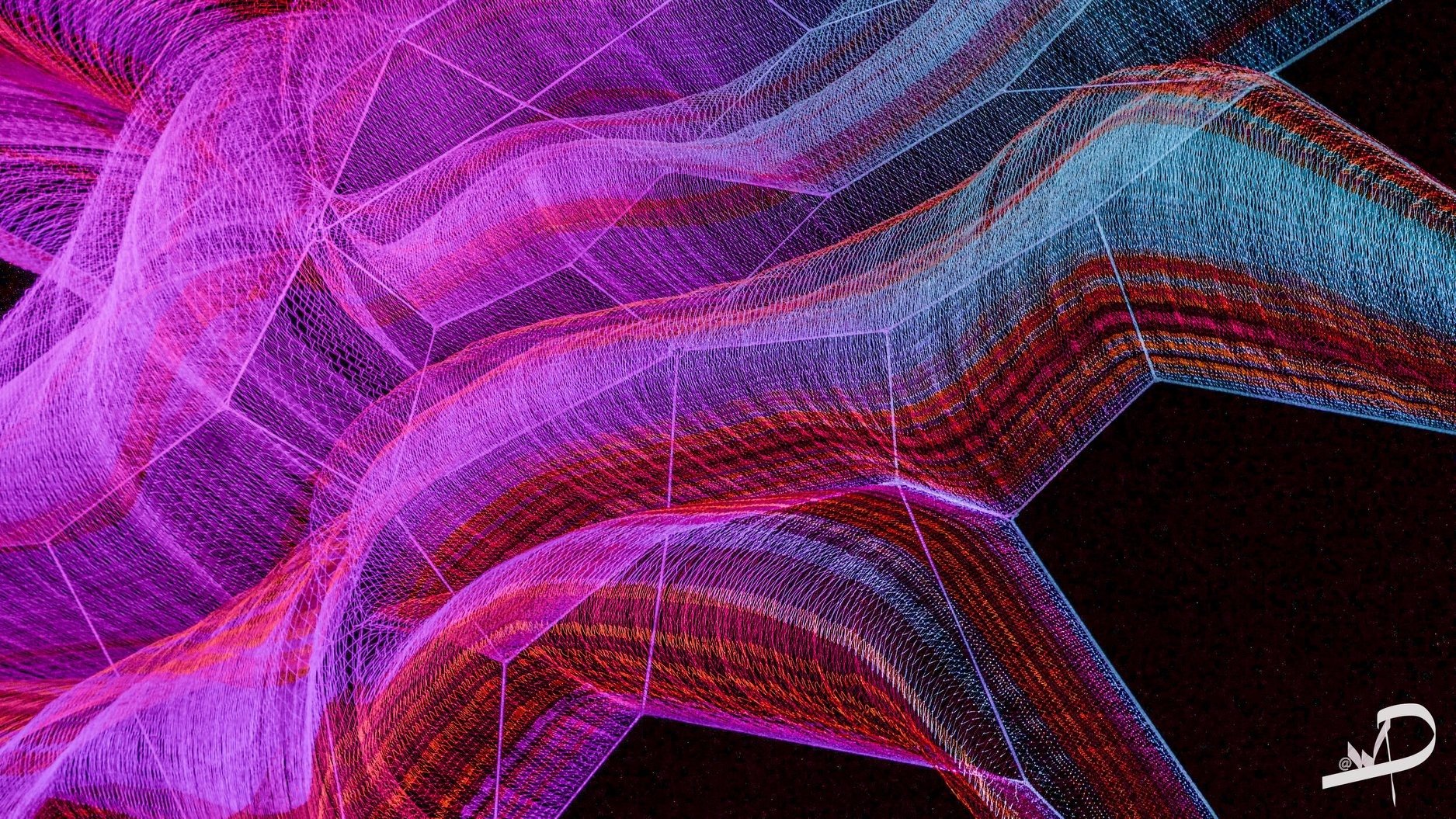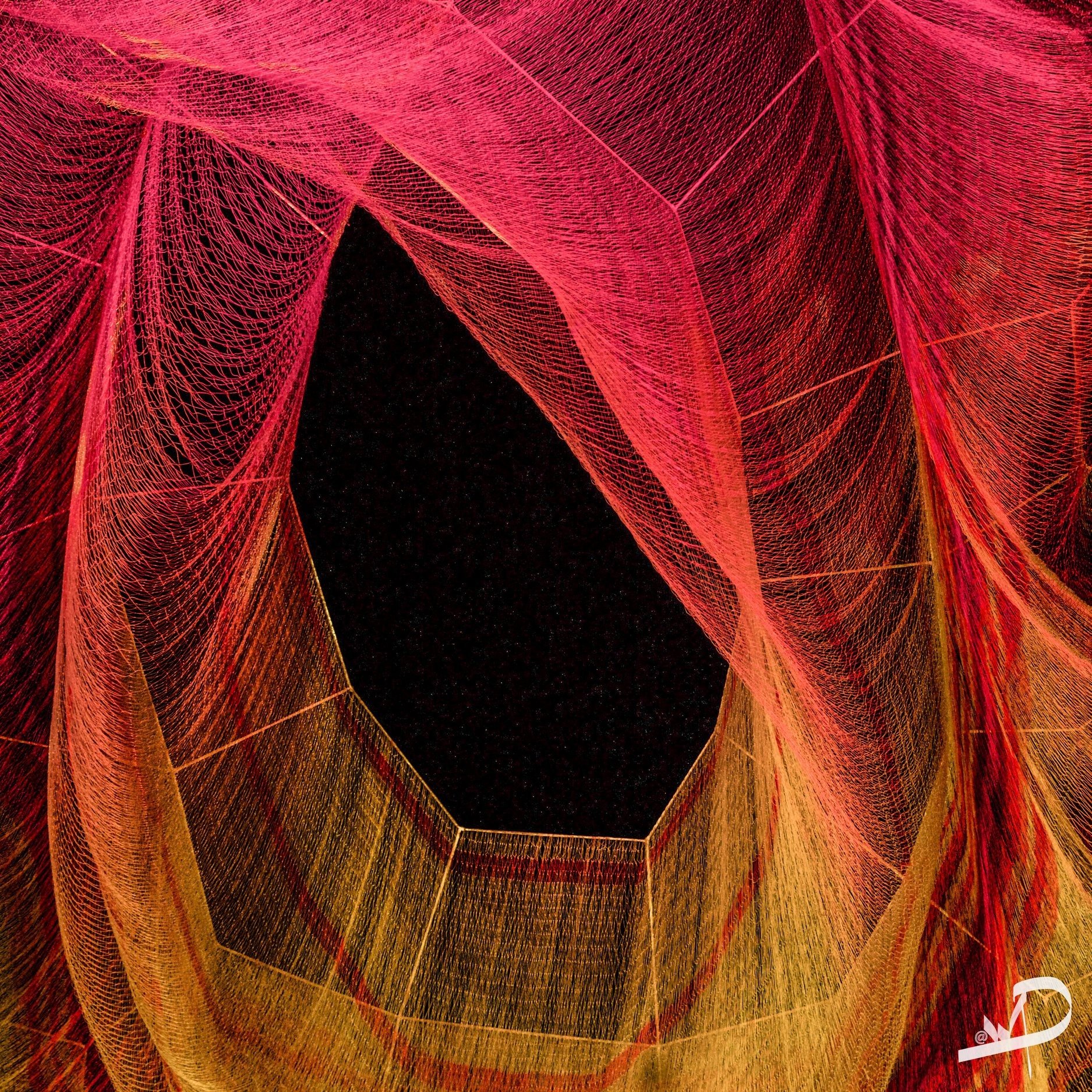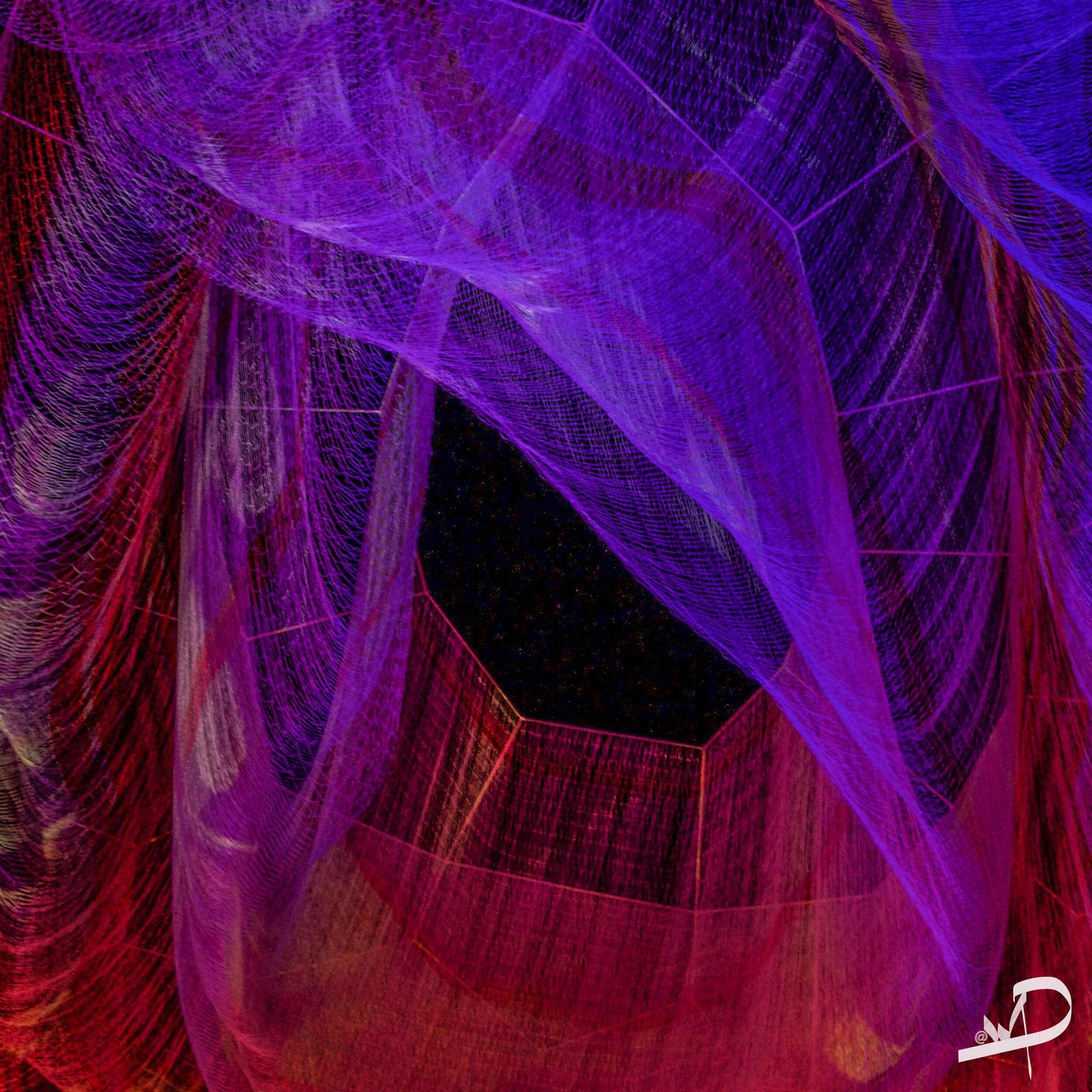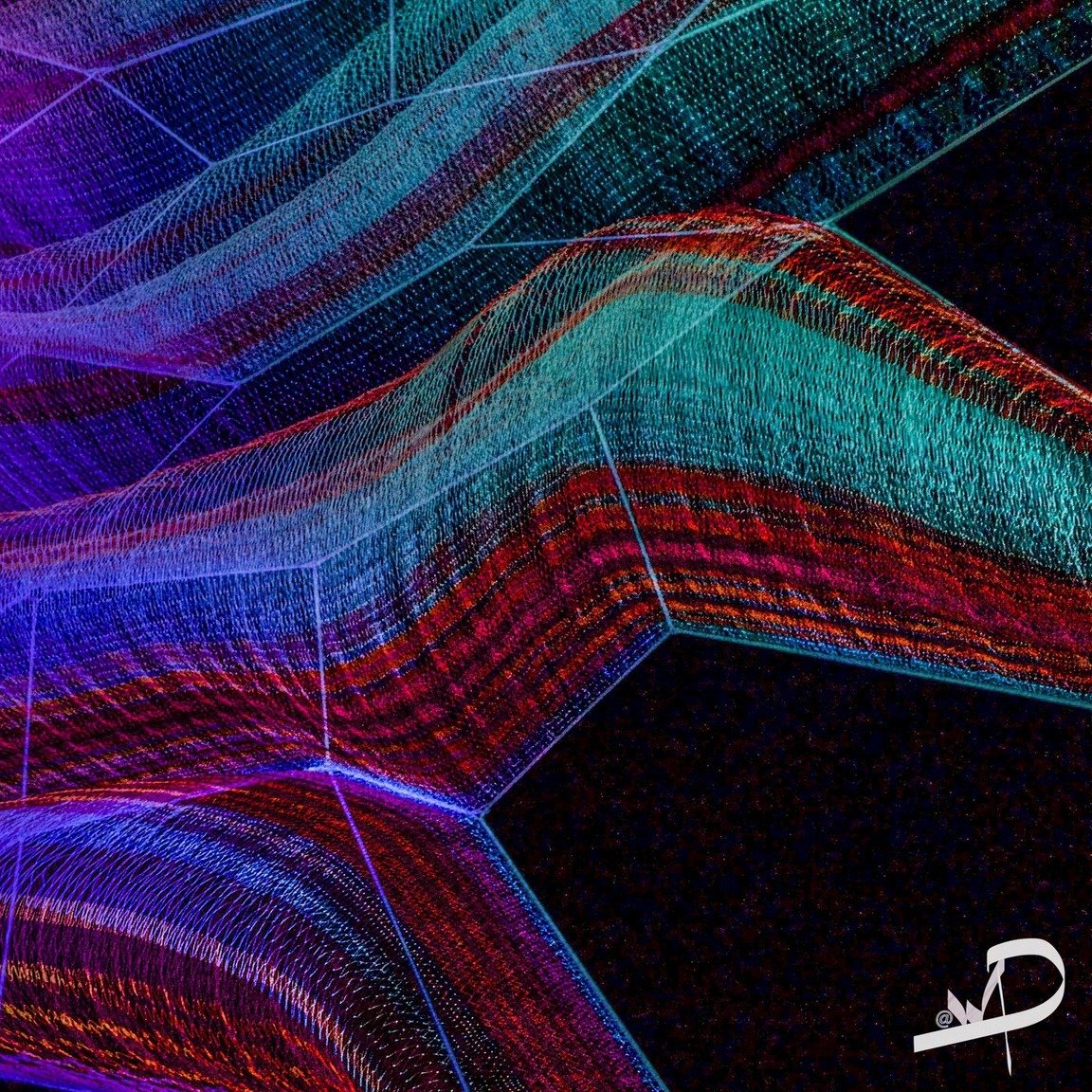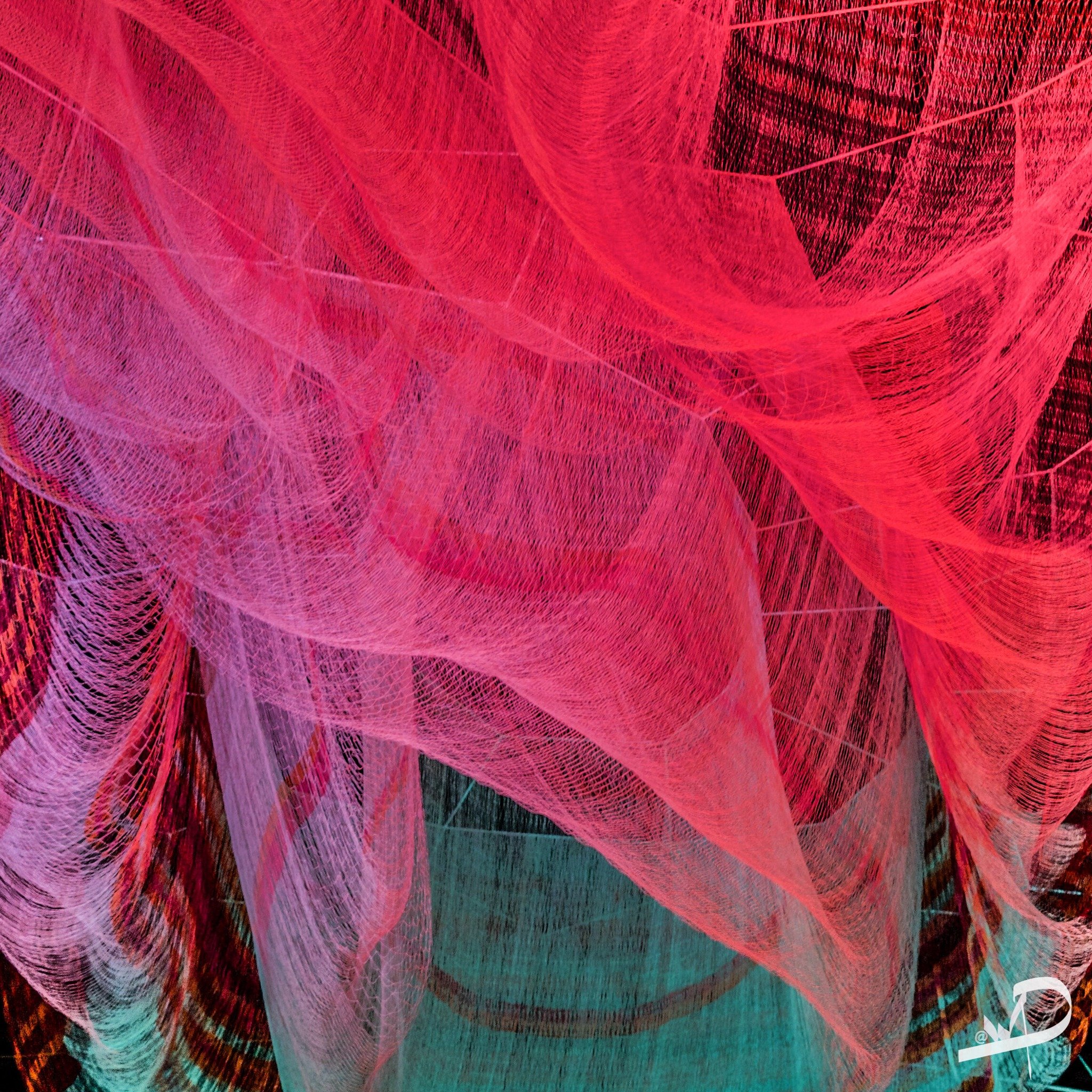5 Tips On Taking A Selection Of Good To Amazing Fine Art Photographs
Learn the meaning of fine art photography and how this can be used for your own practice.
Fine-art photography is photography created in line with the vision of the photographer as an artist, using photography as a medium for creative expression. The goal of fine-art photography is to express an idea, a message, or an emotion.
5 tips on taking a selection of good to amazing fine art photographs
Check the weather
Be creative
Choose a subject to stimulate the viewer
Use colours or moods for fine art
Use motion blur
Fine art photography, on the other hand, is first and foremost about the artist. It is not about capturing what the camera sees; it is about capturing what the artist sees. In fine art photography, therefore, the artist uses the camera as one more tool to create a work of art. The camera is used to make an art piece that reveals the vision of the artist and makes a statement of that vision rather than documenting the subject before the lens.
Let’s start! 1st you need to:
Note down your ideas on paper
Brainstorm alone or with others
From your notes and brainstorming, you will need to start categorizing and organizing this mess into relevant topics and ideas that you want to communicate.
Decide on your topic
Think about the message that you wish to communicate via your work
The key point to consider is - Make it meaningful to you and make it something you want to share with your viewers.
What do you want the focus to be on in the photos? Your subjects can be people, buildings, scenery, pets, still lifes, or anything else.
Consider the best techniques to use to take your images.
Once you start you might decide that you will take one picture or a body of work.
If you for a body of work your images should be combined through subject or technique
Tell a story within your body of work, to explain the message you wish to portray.
Here is an example of my own fine artwork.
These images were experiments for capturing water in the wind with the use of bubbles. I played with shutter speed and blur to form these photographs. I was trying to prove that a picture can be seen as a piece of art.
Would love to know what you think of these five finals?
Take a look at these two gallies of images, where I have played with fine art experimentations to form photographic art.
1st - this selection of images is playing with oil and water. This technique was used with a macro lens so that I was able to enlarge sections as the oil mixed with the water.
2nd - These images are a selection of close-up sections of material.
NEXT BLOG SUBJECTS
I Do Hope That This Blog Has given you an insight into the meaning of Fine art photography. Over the next few weeks until Christmas, I will complete a selection of fine art techniques and art movements per blog post. for each technique, I will develop each process through a blog post, YouTube video & a tip post each week.
Take a look at these techniques:
Soft focus
Zoom Burst
Long dayLight Exposure
Panning fixed subjects
Scanner Art
Brenizer Method
Lightbox photography
When researching art you will have learned about other elements that link or relate to artistic movements. This is the same for photography and these are:
Simple which links to Minimalism
Surrealism
Conceptual
Creative - for photography this can link to how the printed photographs have been manipulated or post-production techniques used.
If You Would Like To Have More Information And Learn More, Then Please Give Me Some Blog Suggestions In The Comments Below
Thank You For Reading My Blog
If You Enjoyed This Blog, Then Please Sign Up For My Regular Blog Newsletter.
Please leave any comments or subject suggestions that you would wish for me to cover on the subject of Photography.
Thank you for reading.


